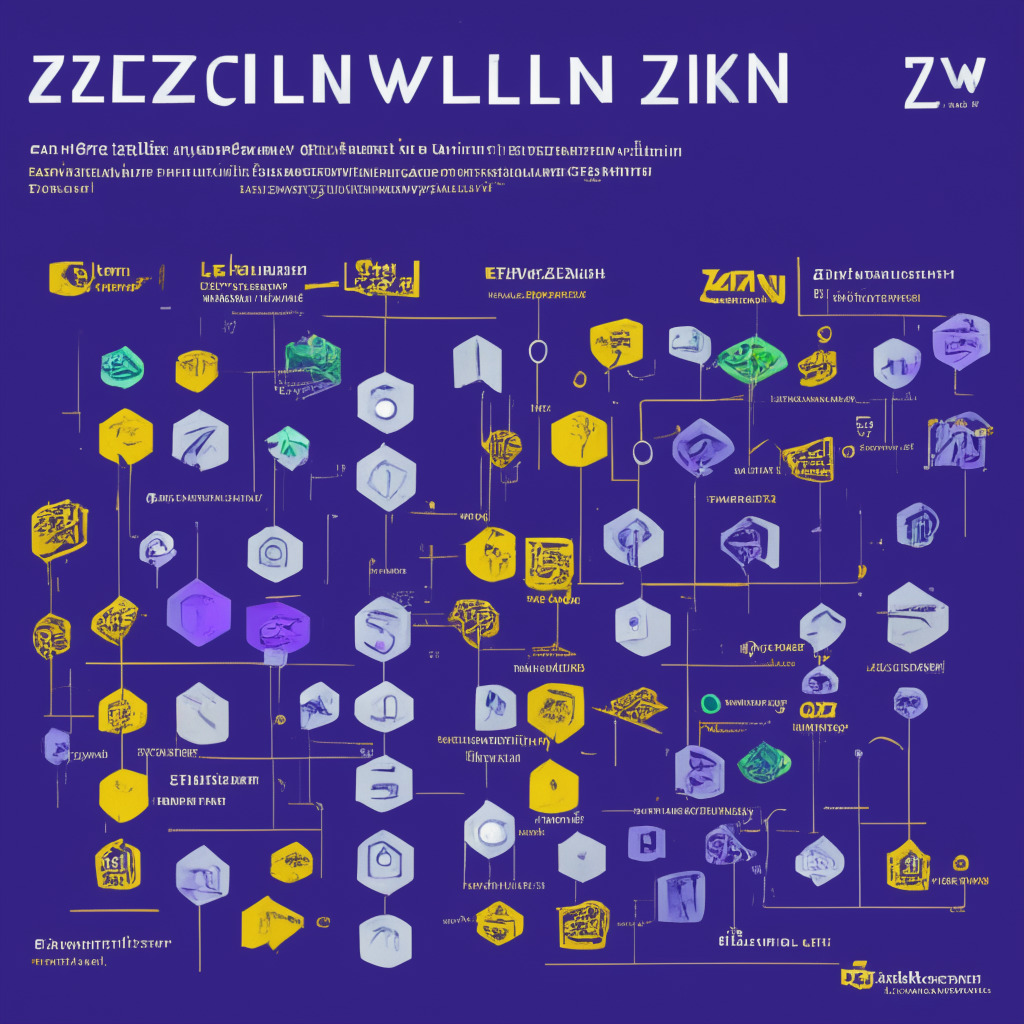Swiss National Bank (SNB) Chairman Thomas Jordan has recently announced that the bank will be issuing a central bank digital currency (CBDC) for wholesale payments on the country’s SIX Digital Exchange. According to a Reuters report, this experimental Swiss CBDC is intended for use by financial institutions and will be part of a pilot program, marking it as real money equivalent to bank reserves. Jordan stated at the Point Zero Forum in Zurich, Switzerland, that the objective of this pilot program is to test real transactions with market participants.
Similar to stablecoins, CBDCs are digital tokens pegged to the price of a sovereign currency, such as the dollar or, in this case, the Swiss Franc. The key difference is CBDCs are maintained by their respective governments or central banks, while stablecoins are issued on public networks by private companies. With Switzerland joining the growing list of countries piloting CBDC technology, it now stands among nations like China, India, and Australia. Currently, 18 countries worldwide are conducting CBDC pilot programs, as reported by the Atlantic Council’s Central Bank Digital Currency Tracker.
Wholesale CBDCs, unlike those used by the general public for everyday operations, are specifically designed for large transactions between financial institutions, such as bank transfers. Four countries, including Saudi Arabia, are already piloting a wholesale CBDC. While Jordan acknowledged the potential for a retail-facing CBDC, he did express some apprehension on behalf of the Swiss central bank, stating, “We do not exclude that we will never introduce retail [CBDCs], but nevertheless, we are a little bit prudent at the moment.”
Support for a CBDC over a Swiss Franc-denominated stablecoin has been evident since 2021 when an alternative member of the SNB’s Governing Board, Thomas Moser, argued that a stablecoin introduces counterparty risk, while a CBDC does not. In fact, the SNB’s partnership with the SIX Group began in 2019, even before the SIX Digital Exchange was launched in 2021, to work on a proof-of-concept for a digital currency. Jordan revealed that the wholesale CBDC pilot program would be initiated “soon” and would operate for a limited time.
Despite the excitement surrounding the adoption and testing of CBDCs in various countries, it is important to consider the potential risks and challenges they might bring about. These may include regulatory concerns, increased control over financial transactions, and the possibility of excluding unbanked populations. As such, while CBDCs can offer many benefits, some degree of caution should always be maintained.
Source: Decrypt




